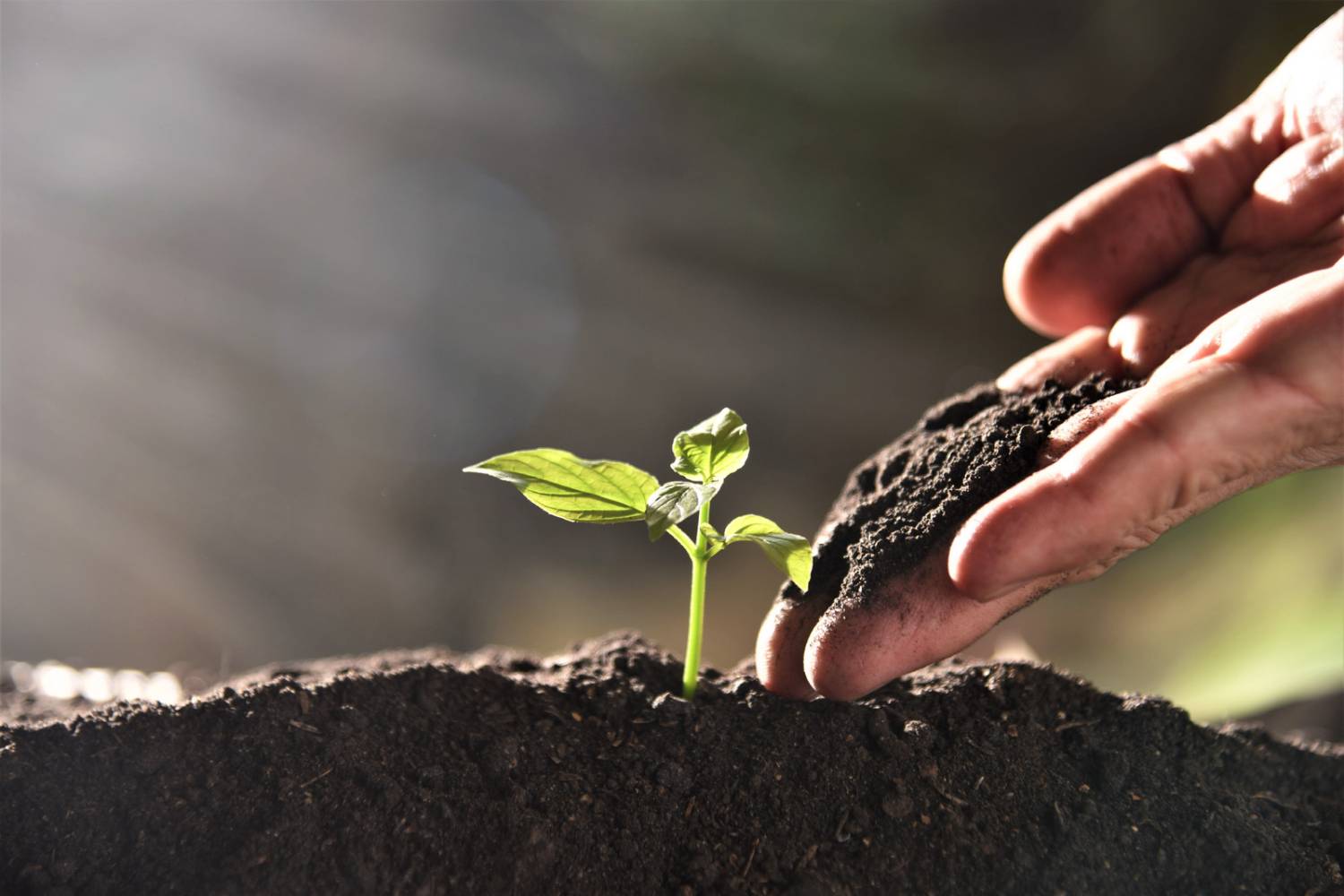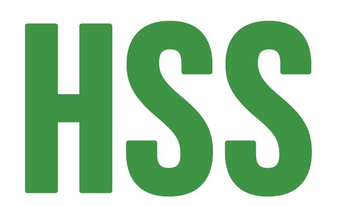
If you're interested in using bone meal as a fertilizer, there are a few things you should know. Bone meal is a natural fertilizer that can be very beneficial for your plants. However, it's important to use it correctly in order to get the best results. In this blog post, we'll give you some tips on how to use bone meal as a fertilizer. We'll also explain what kind of plants it works best for. So if you're looking to fertilize your garden with bone meal, read on!
What is a bone meal?
A bone meal is a natural fertilizer that is made up of ground animal bones, normally beef bones. It is high in phosphorus and nitrogen, which are two essential nutrients for plants. Bone meal fertilizer can be used to improve soil health and help plants grow bigger and healthier. It can also be used as a foliar spray to help improve the overall health of plants.
When using bone meal as a soil amendment, it is important to add it at least six weeks before you plan to plant. This will give the nutrients enough time to break down and become available to the plants. You can also mix bone meal fertilizer with your compost pile to help add some extra nutrients to your compost.
However, it is good to conduct a soil test before and use bone meal fertilizers after the soil test results.
What nutrients are in a bone meal?
The nutrients in bone meal include calcium, phosphorus, and potassium:
- Calcium is an important element for plants to have in their soil.
- Phosphorus is also needed by plants. It helps to make sure the plant can continue to be strong and healthy.
- Potassium is a mineral that is important for plants and it can also help with the growth of other plants.
The amount and type of each nutrient vary depending on the source of the bone meal. Bone meal can also contain trace minerals, such as copper and zinc.
Benefits of using bone meal in the garden
Bone meal fertilizer offers different benefits than other fertilizers made from animal parts like blood meal and fishbone meal. Following are the benefits of bone meal fertilizer in the garden:
1. Bone meal is a phosphorous-rich fertilizer
When it comes to organic fertilizer, there are a lot of different types to choose from. But if you're looking for one that is high in phosphorous, then the bone meal is a great option. Bone meal is made up of the crushed bones of animals. And since it is high in phosphorous, it makes an excellent organic fertilizer for flowering plants and fruits trees.
2. Bone meal is full of calcium
Bone meal is a great natural source of calcium for your plants. It is made from the crushed or ground bones of animals. Bone meal is high in calcium. Calcium helps to strengthen the plant's cell walls and improve overall health. Adding bone meal fertilizer to your garden soil structure can help to improve the overall fertility and health of your plants.
3. May contain nitrogen
Bone meal is a great organic source of nitrogen for plants. While a bone meal is an excellent source of nutrients for plants, it also contains high levels of nitrogen, too much nitrogen can be harmful to plants, so it is important to use bone meal sparingly.
4. Bone meal Acts as a balance for other soil amendments
The Bone meal is often considered to be a soil amendment. This is because it is high in phosphorus and calcium, which are essential for plant growth. However, a bone meal also has the ability to act as a balance for other soil amendments.
For example, if a garden is low in nitrogen, adding bone meal can help to correct that imbalance. Additionally, bone meal can help to improve the structure of clay soils. This is because it contains organic matter, which helps to loosen up the soil. As a result, plants will be able to grow better in clay soils when a bone meal is added.
5. Bone meal is best for organic gardening
Organic gardening is the practice of growing plants without using synthetic fertilizers, pesticides, or herbicides. Therefore, organic gardeners almost always use bone meal as a soil amendment which benefits the soil's microbial growth. In fact, most organic gardeners add bone meals to their gardens at least once per year.
6. Bone meal is a slow-release fertilizer
Bone meal is a slow-release fertilizer. Bone meal is high in phosphorus and nitrogen and it releases these nutrients slowly over time. This makes it a great choice for gardeners who want to fertilize their plants gradually.
It is also a good choice for gardeners who have heavy clay soils because the nutrients will be released slowly over time and will not leach out of the soil.
7. Bone meal can be used as a soil conditioner
Bone meal also works great as a soil conditioner. It will improve the texture of your soil by increasing its cation exchange capacity. In addition, it will add nutrients to your garden soil over time and it will release these nutrients slowly.
How to use bone meal

The bone meal is a natural fertilizer. Bone meal can be used to improve the soil fertility of gardens and flower beds. Here are the steps for using bone meal as a fertilizer:
Step 1
Decide where you want to apply the organic bone meal. The best place to put it is near the roots of plants, but you can also spread it around the entire area that you are fertilizing.
Step 2
Dig a hole or trench that is about 6 inches deep. If you are using organic bone meal to improve the fertility of your garden, then you can put it in a bag and use a shovel to spread it evenly. If you want to spread it on the soil, then you can use a tiller or a pitchfork.
Step 3
Add 1-2 inches of bone meal to the bottom of the hole or trench.
Step 4
Cover the hole with a layer of soil, just like you would in any other garden. Make sure that it is not too thick or too thin so that the bone meal will penetrate into the soil easily.
Step 5
Cover the hole or trench with soil and water thoroughly.
Step 6
Water the plants daily for 2-3 weeks. By this time, your bone meal should be able to break down and help improve the fertility of your soil.
Step 7
After the plants have taken in enough nutrients from the bone meal, then you can start over again by digging a new hole and adding 1-2 inches of bone meal to it.
Step 8
Repeat step 5 which is covering the hole with soil and watering it thoroughly.
Step 9
After 2-3 weeks, you can start over again.
Step 10
By the time your plants have grown enough to be harvested, you will find that they have a much stronger resistance to disease. You can then stop fertilizing and start harvesting your plants.
How to use bone meal in potted plants
When you are ready to use bone meal in your potted plants, then follow these steps:
Step 1
Remove the plant from its pot and place it on a flat surface. Use a stick to break up the bone meal into smaller pieces. You can use a hammer as well. This will help the bone meal to dissolve better in water.
Step 2
Pour the bone meal into a bucket of water and mix it thoroughly. Make sure that all of the bone meal is dissolved.
Step 3
Pour the bone meal water over the plant leaves. Do this slowly, so as not to damage your plants. If your potted plants are larger, then you can do this in several smaller buckets.
Step 4
Add more bone meal and water to the bucket as necessary. Then, drain the excess water from your plant leaves.
Step 5
Put back the plant in the pot and place the bucket somewhere that you can monitor it. Put it in a shady spot, so that you can see how much water is evaporating from the leaves.
Reasons why you shouldn't use bone meal
Bone meal is often used as a fertilizer, but there are several reasons why you shouldn't use it.
First, the bone meal contains high levels of phosphorous, which can leach into groundwater and cause environmental damage.
Second, the high levels of phosphorous can also be harmful to plants and animals. However, it can contribute to the spread of bovine spongiform encephalopathy (BSE) or "mad cow disease.
Third, bone meal can contain pathogens that can cause diseases in humans and animals. Finally, bone meal is often produced from animal byproducts, such as ground-up bones, which can contain pollutants like mercury. For these reasons, it's best to avoid using bone meal as a fertilizer.
FAQs
Can bone meal be used on all plants?
Yes, bone meal can be used on all plants. However, it is most effective when used on plants that require large amounts of garden fertilizer such as tomatoes, peppers, and eggplants.
How much bone meal per plant should be used?
First, determine the type of plant that you are growing. Next, multiply the number of plants by 0.5 to determine how much bone meal you will need to use on each plant. For example, if you have 5 tomato plants, multiply 5 by 0.5 to determine that you will need 1/2 cup of bone meal per plant.
How fast does bone meal work?
A bone meal is a slow-release fertilizer that takes 4-6 weeks to start working. The rate of release depends on the amount of calcium and phosphorus in the plant, as well as its age.
